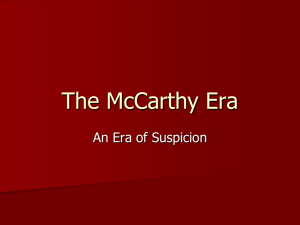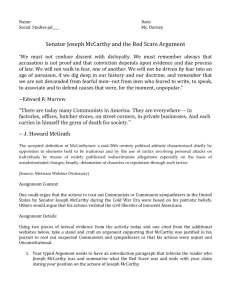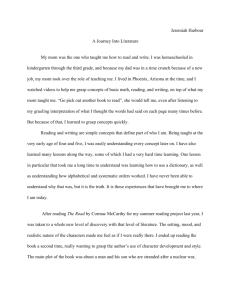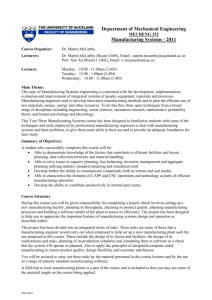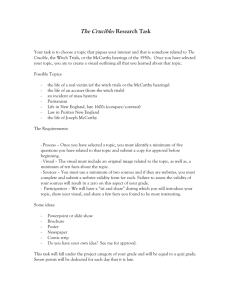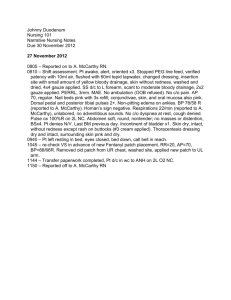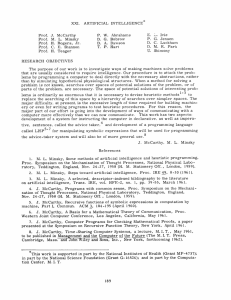Elizabeth Bauer Personal Statement “I have here in my hand a list of
advertisement
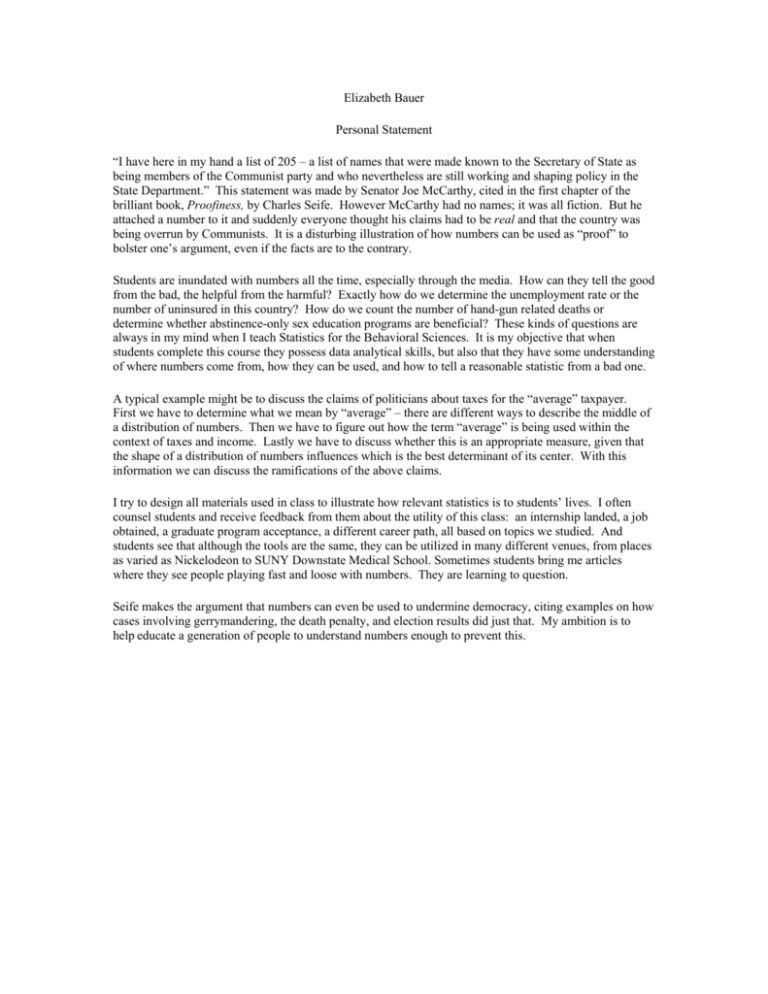
Elizabeth Bauer Personal Statement “I have here in my hand a list of 205 – a list of names that were made known to the Secretary of State as being members of the Communist party and who nevertheless are still working and shaping policy in the State Department.” This statement was made by Senator Joe McCarthy, cited in the first chapter of the brilliant book, Proofiness, by Charles Seife. However McCarthy had no names; it was all fiction. But he attached a number to it and suddenly everyone thought his claims had to be real and that the country was being overrun by Communists. It is a disturbing illustration of how numbers can be used as “proof” to bolster one’s argument, even if the facts are to the contrary. Students are inundated with numbers all the time, especially through the media. How can they tell the good from the bad, the helpful from the harmful? Exactly how do we determine the unemployment rate or the number of uninsured in this country? How do we count the number of hand-gun related deaths or determine whether abstinence-only sex education programs are beneficial? These kinds of questions are always in my mind when I teach Statistics for the Behavioral Sciences. It is my objective that when students complete this course they possess data analytical skills, but also that they have some understanding of where numbers come from, how they can be used, and how to tell a reasonable statistic from a bad one. A typical example might be to discuss the claims of politicians about taxes for the “average” taxpayer. First we have to determine what we mean by “average” – there are different ways to describe the middle of a distribution of numbers. Then we have to figure out how the term “average” is being used within the context of taxes and income. Lastly we have to discuss whether this is an appropriate measure, given that the shape of a distribution of numbers influences which is the best determinant of its center. With this information we can discuss the ramifications of the above claims. I try to design all materials used in class to illustrate how relevant statistics is to students’ lives. I often counsel students and receive feedback from them about the utility of this class: an internship landed, a job obtained, a graduate program acceptance, a different career path, all based on topics we studied. And students see that although the tools are the same, they can be utilized in many different venues, from places as varied as Nickelodeon to SUNY Downstate Medical School. Sometimes students bring me articles where they see people playing fast and loose with numbers. They are learning to question. Seife makes the argument that numbers can even be used to undermine democracy, citing examples on how cases involving gerrymandering, the death penalty, and election results did just that. My ambition is to help educate a generation of people to understand numbers enough to prevent this.
